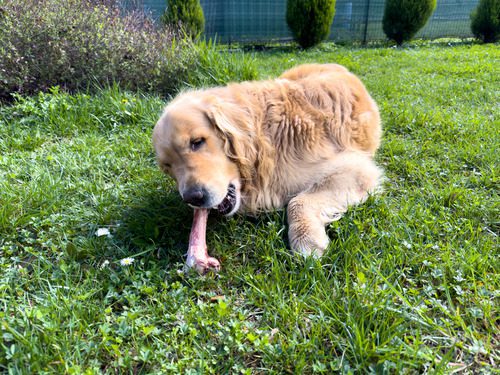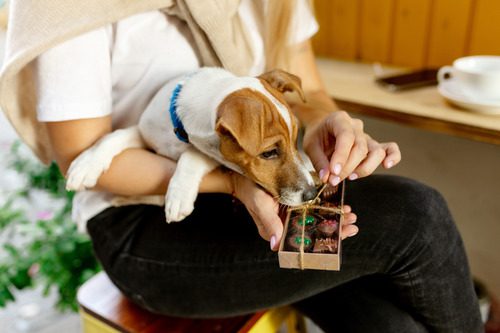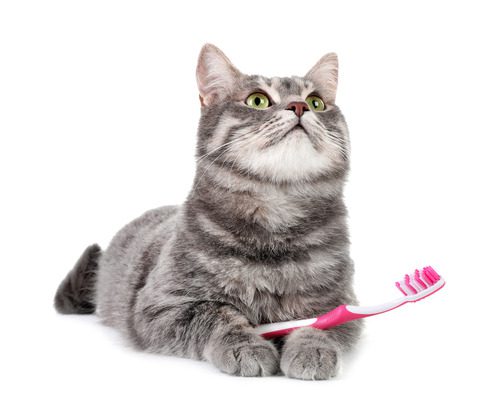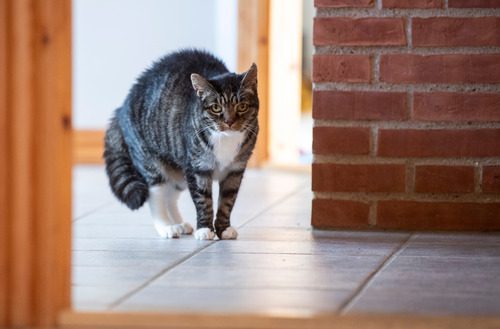6 Plants that are Poisonous for Dogs
As a dog owner, you probably already know how important it is to protect your pet from exposure to harmful plants. But did you know that even some of the most common types of houseplants are toxic and potentially deadly to dogs?
In the article below, we’ll explore six of the most common plants that can be poisonous to dogs. With the help of this information, you can pet-proof your home and make sure your dog does not have access to any harmful plants in or around your property, too. Read on to find out more.
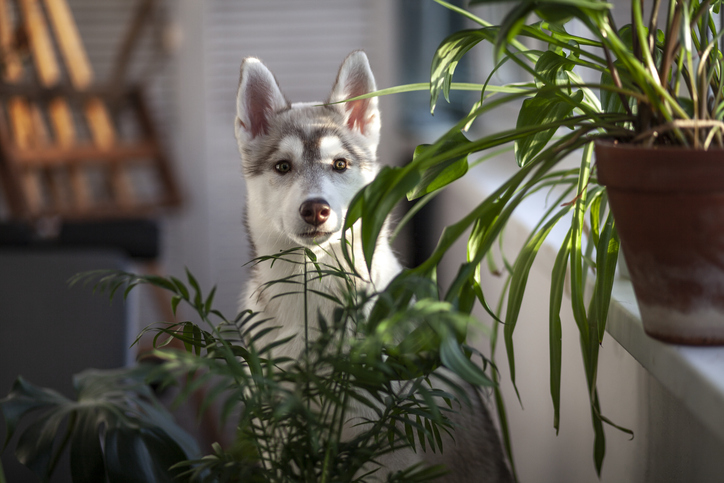
1. Dieffenbachia
This houseplant features yellow-green leaves that are lined with darker green. It comes in several varieties, most of which are used for interior decoration. Because it enjoys indoor lighting conditions, this houseplant is very common.
Dieffenbachia may cause your dog to drool excessively and may lead to vomiting if too much of the plant has been ingested. It may also cause a burning sensation in the mouth, which could be very painful to your pet. In severe cases, it may cause difficulty breathing and other signs of respiratory distress, so ingestion of this plant should be treated as an emergency.
2. Japanese Yew
This plant is more commonly found outdoors and is typically used as a hedge in lawns. It features needle-shaped evergreen leaves and grows together tightly, similar to a bush. The plant also grows red berries at certain times of the year.
Surprisingly, the berries are not the part of this plant that is harmful to dogs. Instead, the plant is toxic if a dog eats any of the branches, leaves, or seeds. This dangerous plant may cause heart issues, seizures, and trouble walking, and it may be potentially fatal if consumed in large quantities.
3. Philodendron
Commonly found as a houseplant or as a plant used for indoor/outdoor décor, philodendron comes in a variety of types and styles. One of the most common of these styles is a vining plant with leaves shaped like a teardrop or a heart.
Dogs who consume any part of a philodendron may experience burning and stinging in the mouth. This sensation may lead to excessive drooling, panting, and some mild vomiting. Most of the time, philodendron consumption will not be fatal to a dog; however, it can lead to vomiting and dehydration, which are dangerous symptoms.
4. Lily of the Valley
For such an unassuming-looking plant, lily of the valley is extremely dangerous and highly toxic to dogs. This plant features long green leaves and drooping white flowers that hang from the sides of tall green stalks. It is typically found in gardens and in shady places.
Consuming this plant may cause dogs to vomit or become confused. It may lead to heart damage, seizures, and coma in a short amount of time, all of which can then lead to death. Even just a little bit of this plant, when consumed, may become quickly fatal to a dog.
5. Sago Palm
Sago palms have long, fern-like fronds that radiate from a central growth stem. The shape and style of these plants makes them look like small palm trees. They are commonly used as indoor houseplants, but they can also be found growing in yards when the climate is right for them.
Consuming any part of the sago palm may cause seizures and liver failure in dogs. All parts of the plant are dangerous, but the seeds of the sago palm are especially so. If a dog consumes the seeds of this plant, they may be at risk of death in a short amount of time.
6. Tulip
Tulips are cup-shaped flowers that come in a wide range of colors. They are often found growing in outdoor flower gardens or raised flowerbeds, and they are common plants in many climates and locations. They can also be purchased in cut bouquets during the springtime and used for indoor décor.
While consuming a tulip may not be fatal to most dogs, eating a bulb from these plants may cause significant vomiting and diarrhea. It can also cause lethargy, depression, and dehydration as a secondary symptom. The leaves and flowers may cause mild forms of these symptoms, too.
Keep Your Dog Safe from These Poisonous Plants
As you can see, there are many types of plants that may be harmful to your dog. Learning how to recognize these plants and understanding when you need to remove them from your dog’s environment can help you keep your pet safer in the long run.
If your dog does accidentally ingest part of one of these plants, take them to the emergency vet right away. Although they may be fine in some instances, your dog may need medical intervention to recover if the reaction is severe. It is always best to err on the side of caution when it comes to toxic plants and your pet.
Heart + Paw is here to help keep your dog healthy and safe. To book an appointment at any of our locations, use the online form!
Recent Posts
Can Dogs Eat Ham?
Ham is a popular meat found on many dinner tables, especially during the holidays. As a dog…
8 Signs and Symptoms of Diabetes in Dogs
Caring for a dog means being tuned in to the subtle changes that can reveal their overall…
Why Dogs Can’t Eat Chocolate and Tips for Keeping This Sweet Treat Out of Their Reach
Chocolate is a beloved indulgence for us, but for our dogs, it’s a hidden danger that can…
Why Cat Teeth Cleaning is Important For Your Pet’s Health
As a cat owner, you know how important it is to care for your feline friend’s overall…
Cat Body Language: A Guide To Understand What Your Cat is Telling You
Imagine trying to communicate without words, relying solely on subtle gestures, glances, and movements. This is how…
About Us
Heart + Paw was founded in 2018 by Chief Veterinary Officer Dr. George Melillo, who currently serves the Mid-Atlantic area. Heart + Paw offers a combination of veterinary care, pet grooming, and dog daycare to help be a resource in your pet parenthood journey.
We'd Love to Meet Your Four-Legged Friends
Find out how the friendly veterinary team at your local Heart + Paw can help your pets live longer, healthier lives by searching for a location near you.

